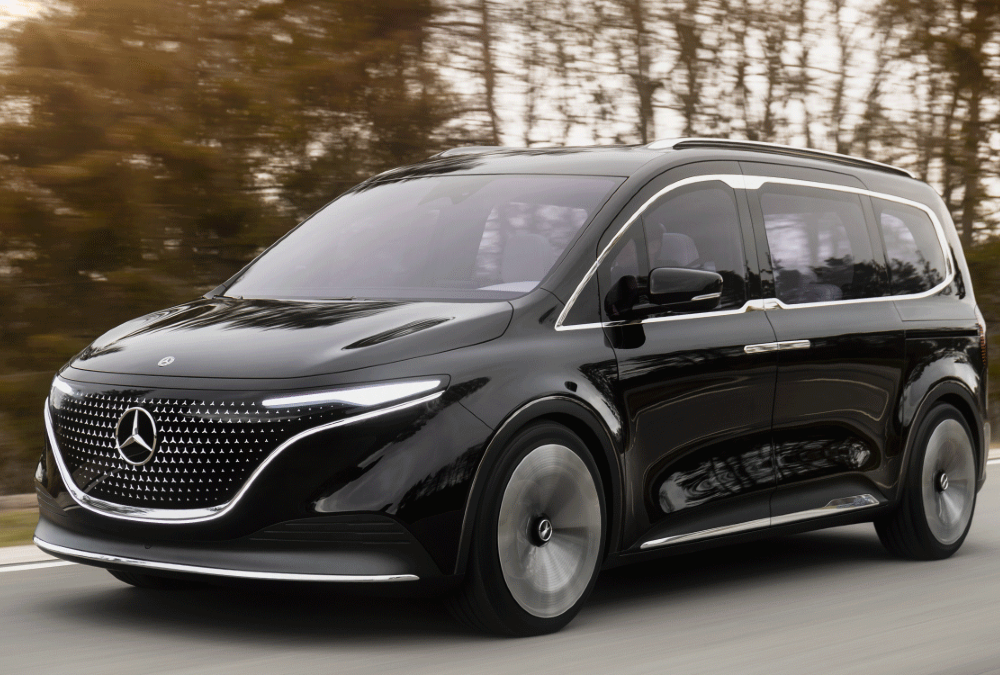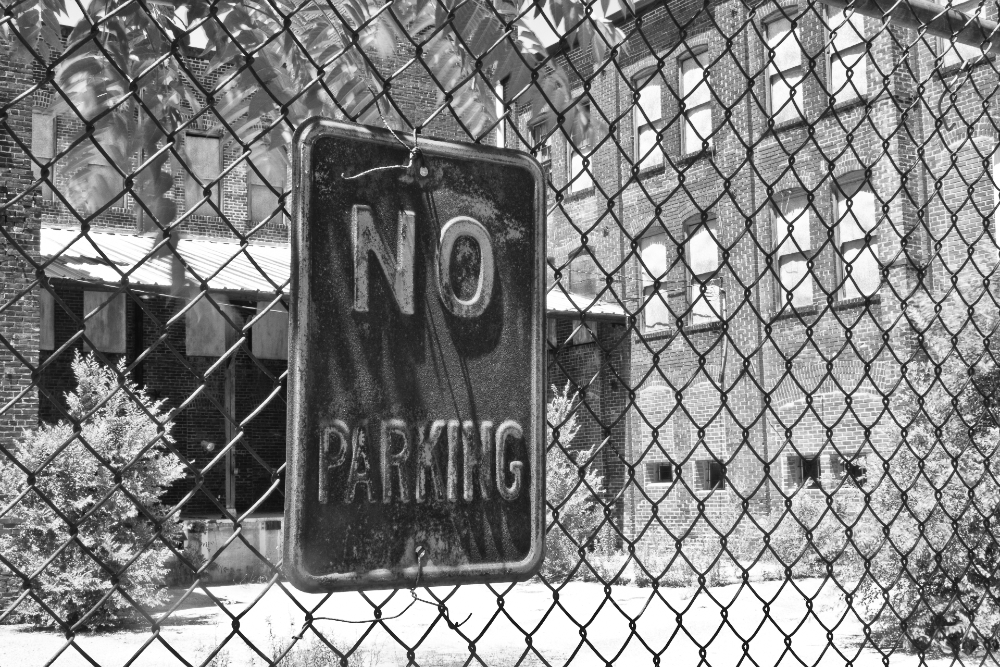
How Are Companies Going to Respond to New EPA Exhaust Emissions Proposal?
It’s no secret that the current federal administration is pushing EVs. Recently, the EPA penned a proposal for stricter exhaust emissions.
If you’re unsure what the EPA does, keep in mind the letters stand for Environmental Protection Agency. Proposing stricter exhaust emissions is pretty much in the job description. That said, these new standards could have unknown consequences as we move forward. As with everything else in the new EV world, it’s all a learning curve to find ways to meet new greenhouse gas regulations.
Which vehicles are impacted by these new regulations?
If the proposal passes, light and heavy-duty trucks will be the target of these stricter standards. When we say heavy-duty trucks, we’re not only speaking of the three-quarter ton and one-ton pickups, but delivery trucks, busses, public transportation vehicles, farm equipment, and pretty much everything that runs on an internal combustion engine. This includes semi-trucks with a sleeper cab that might run idle at night while the driver sleeps. For now, the EPA has moved up to larger vehicles because the movement to more passenger vehicles going green is already underway.
When will these new standards go into effect?
The new EPA exhaust emissions proposal would reduce the acceptable amount of CO2 expelled out of vehicles beginning with the 2027 model year heavy-duty lineup. The standard would get stricter year by year until 2032. The new standard would require large vehicles to cut tailpipe emissions by more than half by 2027. This could have a desired effect, which is that more EVs could be sold, but it might have another impact that we’re not certain America is ready to face.
Does this mean more and larger EVs are on the horizon?
Some think that this newly proposed requirement could increase the number of electric vehicles sold every year. In fact, some have predicted this number to be 67% of all new vehicle sales by 2032, which is much higher than the 50% by 2030 first set forth by the U.S. Government. As strange as it might sound, the new proposal doesn’t specifically state that automakers must transition heavy-duty vehicles to EVs, but the emissions number could push many in that direction. If some companies can find ways to meet the tailpipe emissions and still build gas and diesel-powered vehicles, they can do so.
Is this new proposal taking us on a different path than European countries?
In a way, the new EPA exhaust emissions proposal is allowing the opening for automakers to make engines in heavy-duty vehicles much cleaner burning, and more efficient. Some countries in the European Union have placed a ban on the sale of any commercial vehicles powered by an internal combustion engine. By establishing pollution limits, the EPA allows automakers to find the path that makes the most sense to meet these standards and provide commercial companies with the vehicles required to get the job done.
A strange consequence of this change
Adding more electric vehicles to the market, which is already taking place and will certainly be a result of this new proposal, could quickly overload the electric power grid. Currently, most electric vehicles are driven and purchased as passenger vehicles by consumers.
Some companies will need entire fleets of these vehicles, which means several trucks plugged in at night, pulling power from the grid to refuel these EVs. Also, the EV market only accounts for 5.8% of the total vehicle sales; what happens with this number is 50% or 67%, which is less than a decade away?
Most of us simply turn on a light switch, adjust our thermostat, or turn on the television without thinking of the electric load we put on the power grid. The current power grid is made to produce electricity when required, but not to store it.
Tesla is working on Megapack batteries to store electricity and has one factory in California producing these batteries, with another being built in China later this year. Will these Megapack batteries be the answer to our future electric grid problems?
This new EPA exhaust emissions proposal leaves a lot of questions
Right now, the new emissions regulations are only a proposal, but if they become law, this could mean the end of gas and diesel-powered trucks on the road. The government has several problems to solve before this new regulation can go into effect, but some answers could be as simple as using Tesla Megapack batteries.
This post may contain affiliate links. Meaning a commission is given should you decide to make a purchase through these links, at no cost to you. All products shown are researched and tested to give an accurate review for you.



